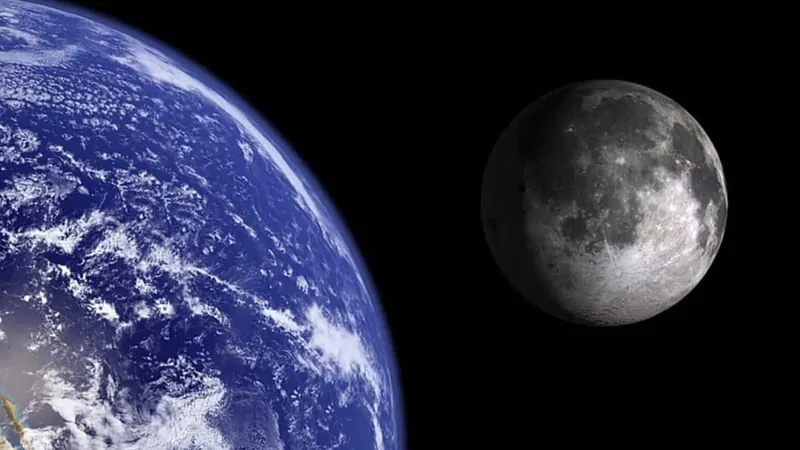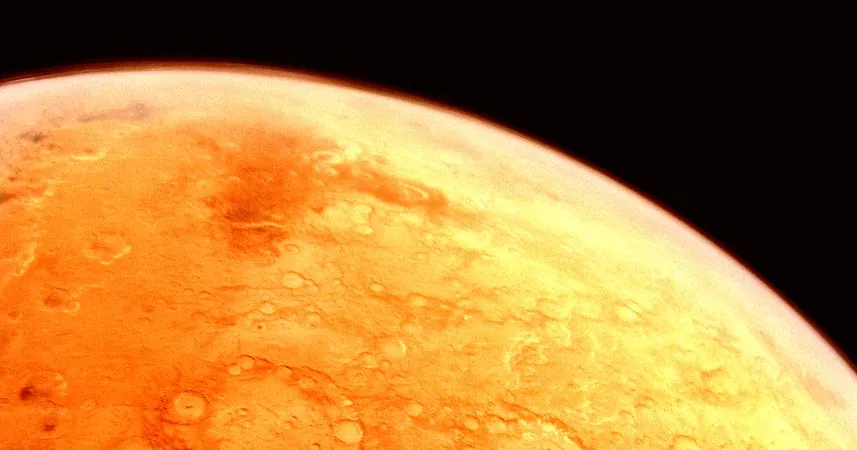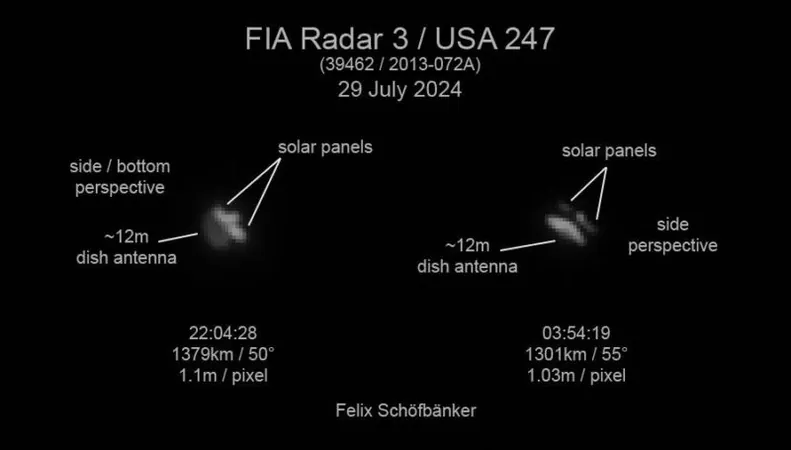
Shocking New Theory: Did Earth Snatch the Moon from Space?
2024-09-28
For nearly four decades, the prevailing belief was that our Moon was formed from debris following a colossal collision with the early Earth.
However, groundbreaking research from two Penn State scientists is turning that long-held narrative on its head.
What if the Moon wasn't created here at all, but was instead an interstellar object that Earth's gravity opportunistically captured?
The Apollo missions, conducted between 1969 and 1972, provided humanity with invaluable lunar samples.
Astronauts collected over 800 pounds of rock and soil, allowing scientists to analyze the Moon's composition.
Interestingly, studies revealed that these materials are strikingly similar to those found on Earth, supporting the theory that the Moon was birthed roughly 60 million years after the solar system came into existence.
Previous consensus was solidified at the Kona Conference in 1984, where scientists agreed that the Moon resulted from a cataclysmic impact event involving the young Earth.
However, in a disruptive new paper published in The Planetary Science Journal, Penn State's Darren Williams, a professor of astronomy and astrophysics, and Michael Zugger, a senior research engineer, argue against this theory.
They propose that the Moon was part of a binary system and, during a close encounter with Earth, was caught in our planet's gravitational grasp, while its twin was flung away.
“The Kona Conference set the narrative for 40 years, but this new perspective raises more questions than it answers,” Williams states.
The researchers highlight that the Moon's orbit contradicts what one would expect from a debris-formed satellite.
Rather than circling close to Earth's equator, the Moon's orbit is tilted, aligning more with the sun.
This eyebrow-raising theory—dubbed the binary-exchange capture hypothesis—suggests that the Moon's capture was a dynamic and complex process of gravitational interaction rather than a straightforward collision.
Williams and Zugger draw parallels to Triton, Neptune's largest moon, which is believed to have been drawn from the Kuiper Belt—an icy region of the solar system—highlighting that moons acquired from different origins might exhibit similar traits.
Additionally, the researchers indicate that the Moon's initial orbit was more elliptical than circular, affected by Earth's gravitational pull over time, which led to a gradual transformation into a more circular path.
This shows that the characteristics of celestial bodies can change dramatically through celestial mechanics.
As these revolutionary findings redefine how we perceive our Moon's origins, many questions still linger.
Could our natural satellite have a more complex history than previously understood?
Join the conversation as scientists delve deeper into the mysteries of our cosmic neighborhood!





 Brasil (PT)
Brasil (PT)
 Canada (EN)
Canada (EN)
 Chile (ES)
Chile (ES)
 España (ES)
España (ES)
 France (FR)
France (FR)
 Hong Kong (EN)
Hong Kong (EN)
 Italia (IT)
Italia (IT)
 日本 (JA)
日本 (JA)
 Magyarország (HU)
Magyarország (HU)
 Norge (NO)
Norge (NO)
 Polska (PL)
Polska (PL)
 Schweiz (DE)
Schweiz (DE)
 Singapore (EN)
Singapore (EN)
 Sverige (SV)
Sverige (SV)
 Suomi (FI)
Suomi (FI)
 Türkiye (TR)
Türkiye (TR)